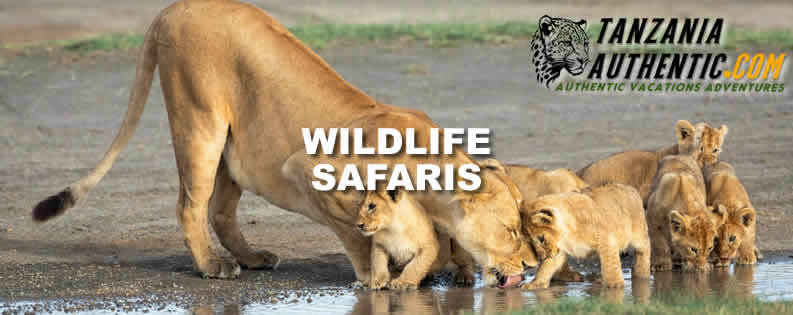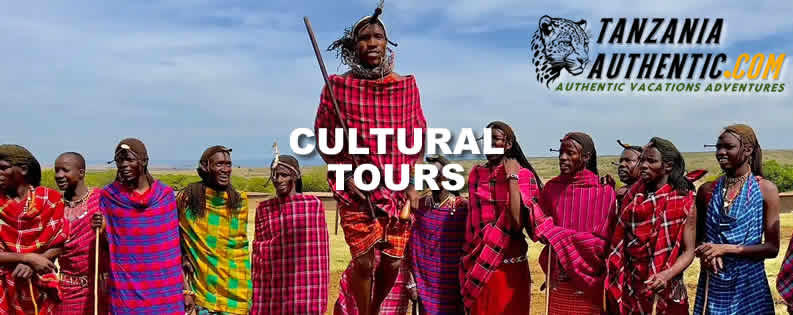Tips for Identifying Raptors in Flight: Soar with the Eagles
Are you captivated by the majestic sight of raptors soaring high above? These magnificent birds of prey, including eagles, hawks, and falcons, are not just symbols of freedom; they also play vital roles in our ecosystems. Identifying raptors in flight can be a thrilling challenge for birdwatchers and nature enthusiasts alike. In this blog post, we’ll share essential tips for recognizing these incredible avian predators as they glide through the skies. Whether you’re a seasoned birdwatcher or just beginning your journey in ornithology, our tips will enhance your birdwatching experience. So grab your binoculars and let’s embark on this exciting adventure!
Why Identifying Raptors is Important
Understanding how to identify raptors in flight isn’t just about enjoyment; it cultivates a deeper appreciation for nature and biodiversity. Raptors are indicators of a healthy environment and contribute to pest control, scavenging, and maintaining ecological balance. By observing and identifying these birds, you can become more engaged in conservation efforts and contribute to preserving their habitats.
Key Characteristics to Look For
1. Wing Shape
Raptors exhibit distinct wing shapes that can help you determine their species even from a distance. For instance:
- Buteos (e.g., Red-tailed Hawk): These birds have broad, rounded wings, allowing them to soar gracefully.
- Accipiters (e.g., Cooper’s Hawk): With their shorter, more pointed wings, these raptors are agile fliers.
- Falcons (e.g., Peregrine Falcon): Recognizable by their long, slender wings, falcons are built for speed.
2. Tail Shape and Size
The shape and size of a raptor’s tail can also offer clues for identification:
- Wide, fan-shaped tails: Commonly seen in buteos, providing stability during soaring.
- Long, square tails: Found in accipiters, aiding in quick maneuvers through dense forests.
- Pointed tails: Typical of falcons, helping them dive and catch prey with precision.
3. Flight Patterns
Raptors have distinctive flight patterns that can aid in identification:
- Soaring: Many raptors, like the turkey vulture and the golden eagle, are known for their soaring glides, utilizing thermal currents.
- Flapping: Accipiters, such as the sharp-shinned hawk, exhibit rapid, flapping flight interspersed with short glides, making them look almost like a dart in the sky.
4. Coloration and Markings
Taking note of plumage can be crucial in identifying raptors in flight:
- Color Variations: Adult bald eagles are easily distinguished by their white head and tail against a dark brown body, while juvenile eagles have mottled brown feathers.
- Field Marks: Look for specific markings, such as the dark wrist patches of a red-tailed hawk or the streaked underbelly of a kestrel.
Using Binoculars and Cameras
When trying to identify raptors in flight, having quality optics can make all the difference:
- Binoculars: A good pair of binoculars with 8x to 10x magnification will help you get a closer look at their features and behaviors in the sky.
- Cameras: Bringing a camera with a high zoom capability allows you to capture images for later identification or to share your sightings with fellow enthusiasts.
Best Locations for Spotting Raptors
To enhance your raptor identification experience, consider visiting prime locations known for birdwatching:
- Open Fields and Prairies: These areas are preferred hunting grounds for many raptors.
- Cliffs and Mountains: High perches allow raptors to scout for prey.
- Wetlands and Lakes: These habitats attract a diverse range of raptors seeking fish and other waterfowl.
Join a Tour with Authentic Vacations Adventures
For an unforgettable raptor-watching experience, consider booking a tour with Authentic Vacations Adventures in Arusha, Tanzania. Our expert guides are passionate about sharing their knowledge of local wildlife, ensuring you spot some of the most magnificent raptors in their natural habitats. Not only will you learn how to identify these amazing birds, but you’ll also create memories that last a lifetime.
Conclusion: Embrace the Adventure
Identifying raptors in flight is an enriching experience that connects you with nature and its incredible inhabitants. With these tips, you’re well on your way to becoming a skilled birdwatcher, ready to spot and appreciate the beauty of raptors as they dance across the sky. Don’t forget to book your next adventure with Authentic Vacations Adventures for an unparalleled exploration of Tanzania’s stunning landscapes and vibrant wildlife. Your journey into the world of raptors awaits—so let’s take flight together!









